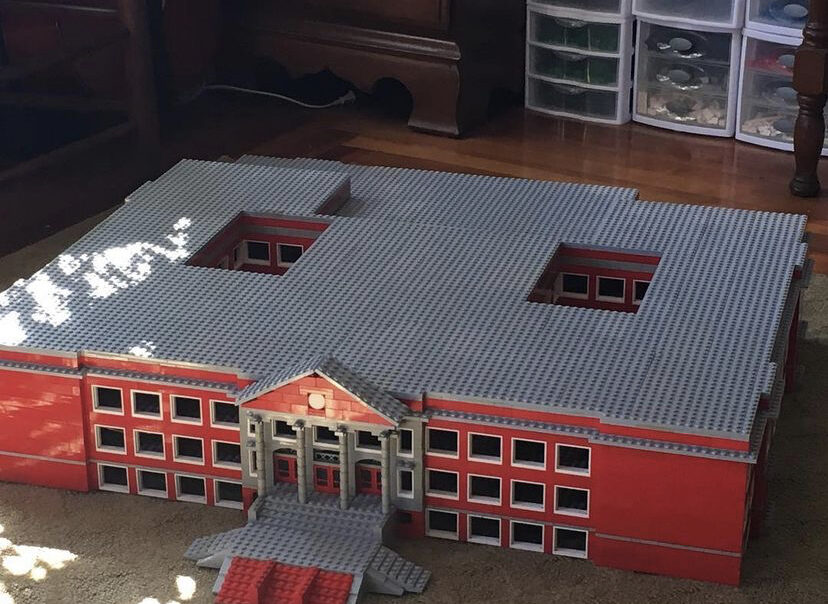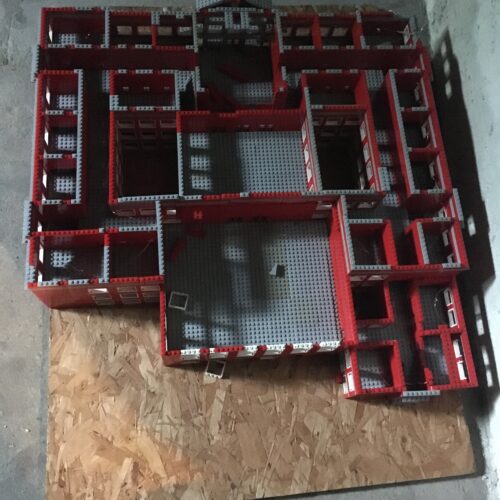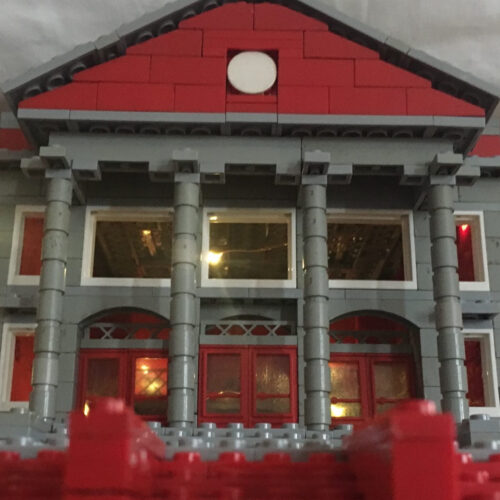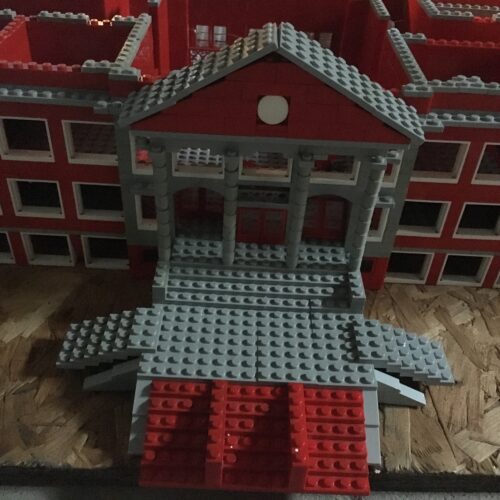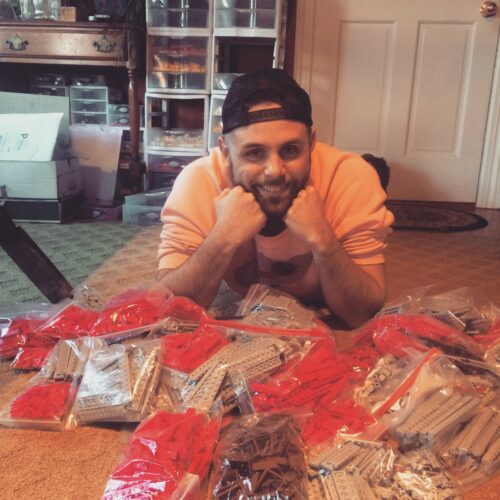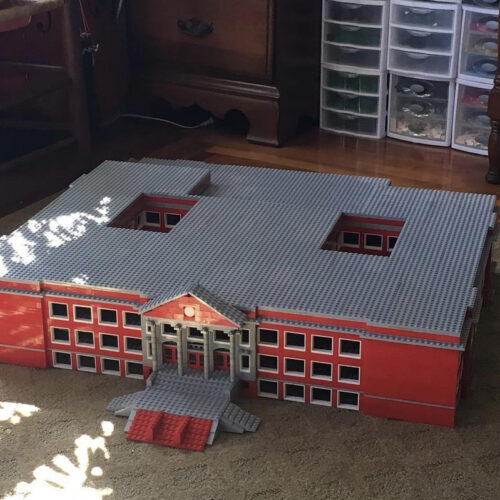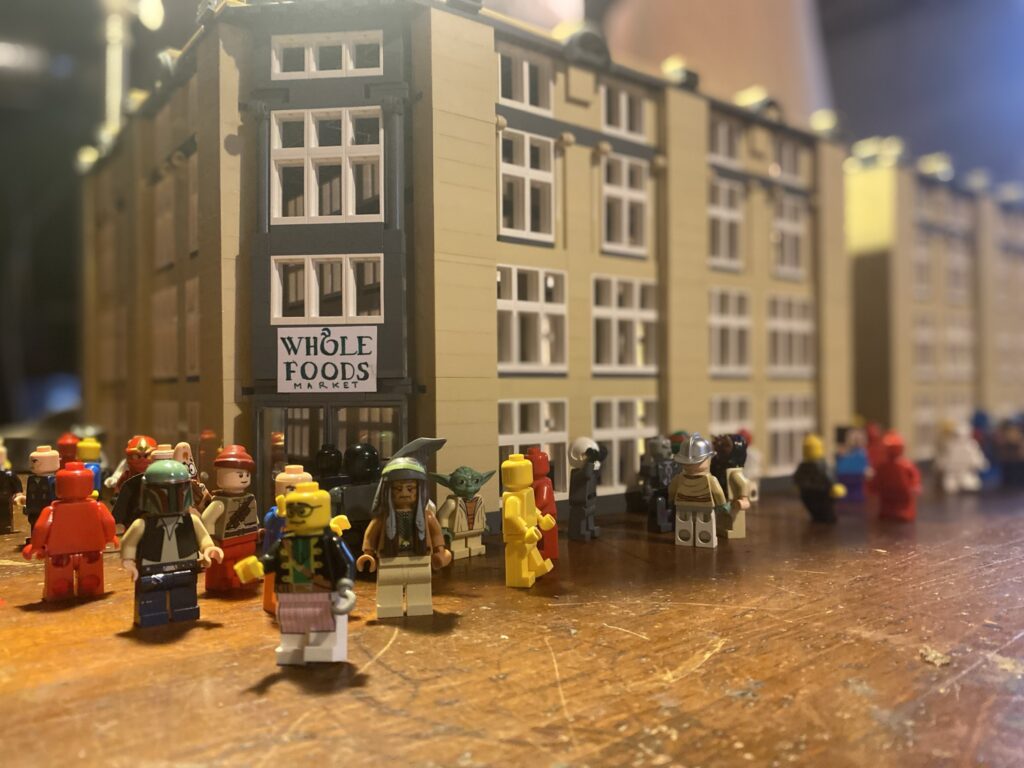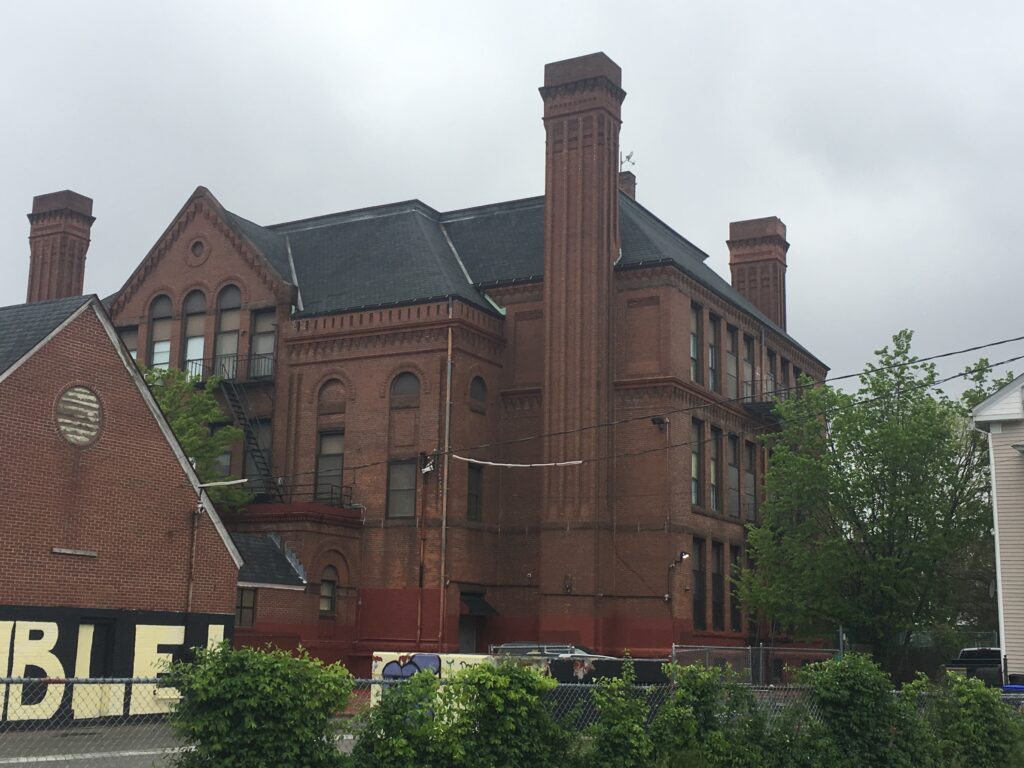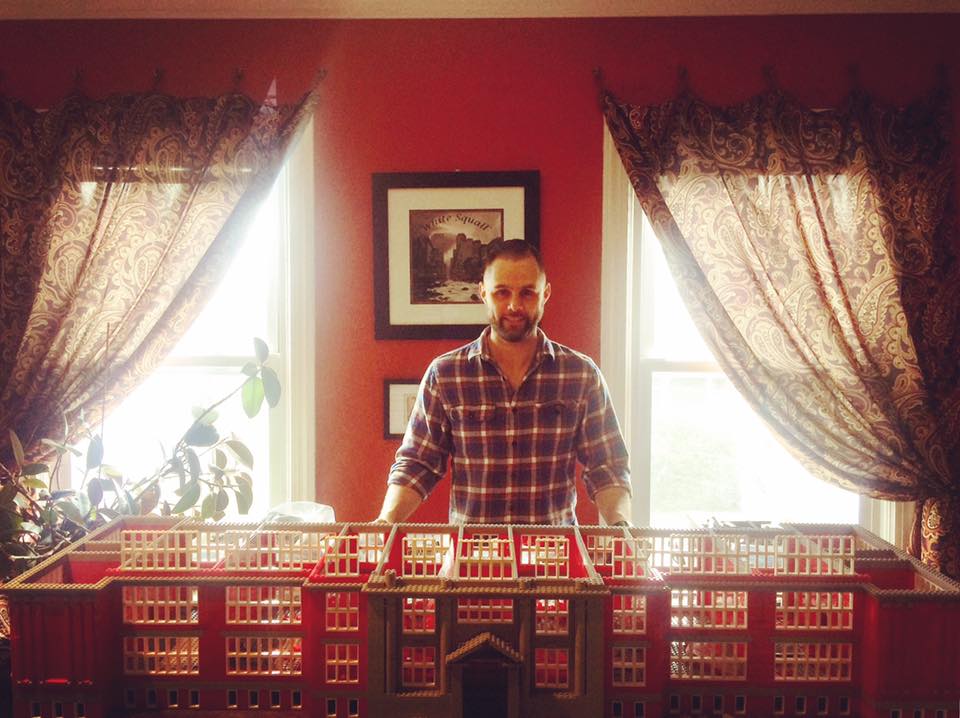This is the model where it all began, and since everyone asks about this, brace yourself for a long story that I am not entirely clear on myself.
One part that is clear is that about ten years ago, the city of Warwick, RI, where I lived at the time, began the tough but necessary process of shuttering some underused public school buildings. The public schools were operating at half capacity and no population projection indicated any change in this for decades. It was financially irresponsible to continue without a change, but also politically deadly for civic leaders to wade into. My hats off to them for this.
It was clear to me that school and city officials were doing most of the things that a government should do in such a process: lots of consultations, lots of expert opinions, lots of public input, lots of committees, lots of consideration to different plans, lots of timelines, lots more public input. In the end, I cannot say that the final verdict was not reached fairly: it was decided that several secondary schools would be consolidated, and two of the older buildings, Samuel Gorton and Nelson Aldrich, the former converted to administrative use, and the latter simply shuttered with fate TBA.
I was disappointed. I liked both buildings, and long had strong empathetic feelings for beautiful, neglected buildings tossed aside by a society that had become so ‘throw-away.’ I also noticed an inadvertent classism in shuttering the most historically rich buildings: ‘better off’ people, often our political leaders, send their children to private schools that treasure historically rich structures. We once sent both private and public school children into buildings one could admire. We still do with the former, but the latter are now deprived of that experience. They are cut off from tradition, cultural connection, and housed in buildings that look like box stores.
So back in 2016 and 2017, I hatched this idea to model Aldrich out of Lego. I took a few hundred dollars out of savings to fund it. I had not built Lego bricks in years, but I did not feel ‘rusty.’ As you can imagine, it was a terrific amount of fun!
